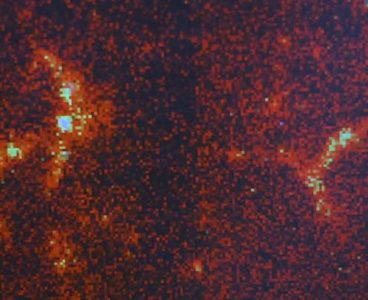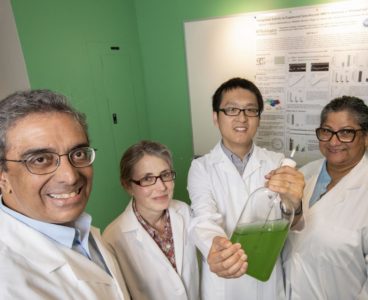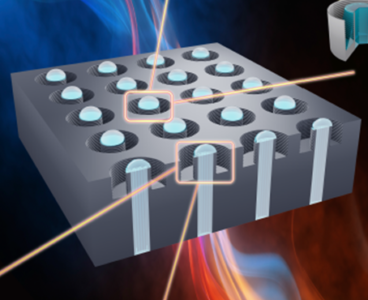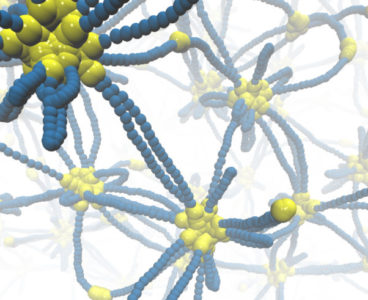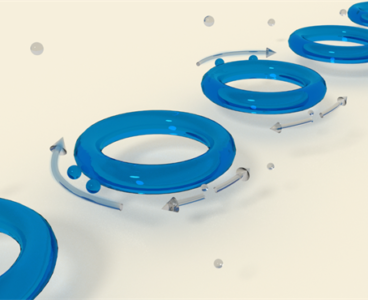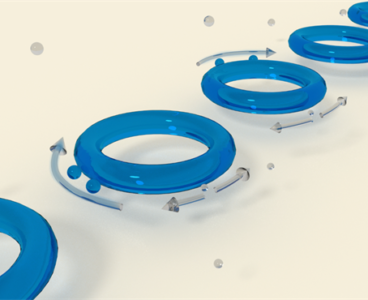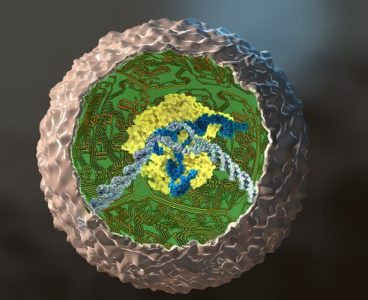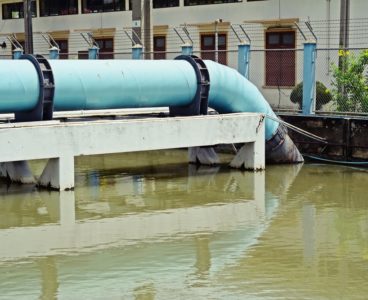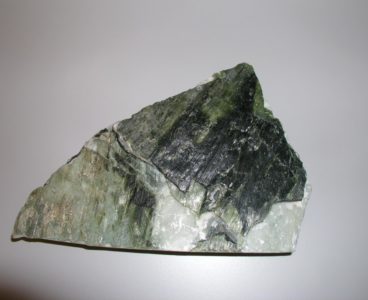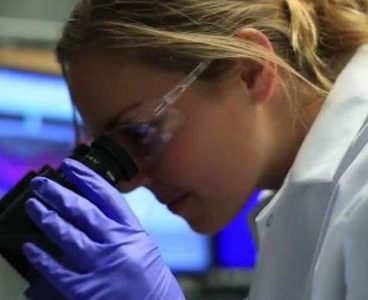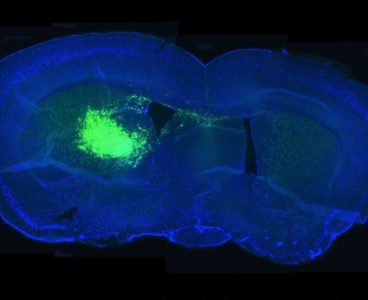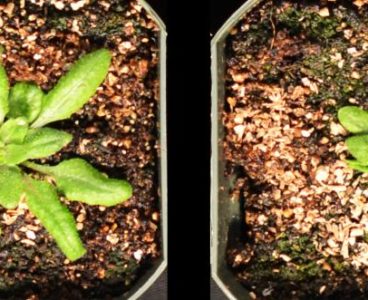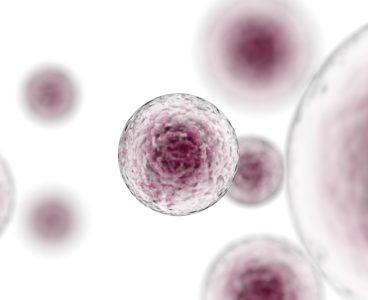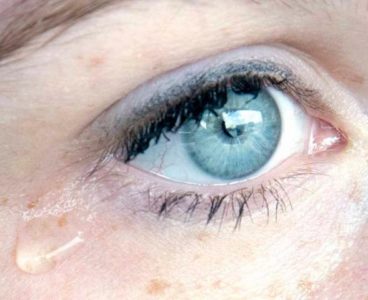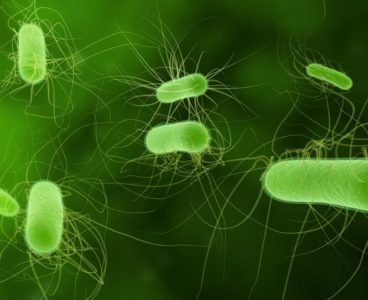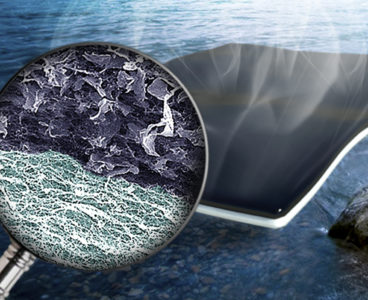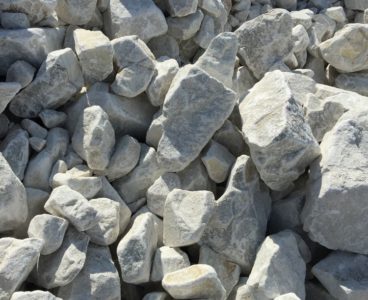
Faster Than We Thought: Sulfurization of Organic Material
‘Blink’ and You Won’t Miss Amyloids
Tiny protein structures called amyloids are key to understanding certain devastating age-related diseases. Aggregates, or sticky clumped-up amyloids, form plaques in the brain, and are the main culprits in the progression of Alzheimer’s and Huntington’s diseases. Amyloids are so tiny that they can’t be visualized using conventional microscopic techniques. A team of engineers at Washington…
Improving Nuclear Detection with New Chip Power
A cross-disciplinary team of chemists and physicists from Washington University in St. Louis is building a better computer chip to improve detection and surveillance for the illegal transport of nuclear materials at U.S. borders. The work is part of a new, five-year, $10 million collaboration in low-energy nuclear science led by Texas A&M University. Washington University is…
Bigger Proteins, Stronger Threads: Synthetic Spider Silk
Spider silk is among the strongest and toughest materials in the natural world, as strong as some steel alloys with a toughness even greater than bulletproof Kevlar. Spider silk’s unmatched combination of strength and toughness have made this protein-based material desirable for many applications ranging from super thin surgical sutures to projectile resistant clothing. Unfortunately,…
Researchers Engineer Bacteria to Create Fertilizer Out of Thin Air
In the future, plants will be able to create their own fertilizer. Farmers will no longer need to buy and spread fertilizer for their crops, and increased food production will benefit billions of people around the world, who might otherwise go hungry. These statements may sound like something out of a science fiction novel, but…
Cooling Method Could Relieve Heat Woes in Data Centers, Electric Vehicles
Electronic systems, such as electric vehicles and large data centers, generate a lot of power, which creates tremendous heat. An engineer at Washington University in St. Louis has developed a unique evaporative cooling system using a membrane with microscopic pillars designed to remediate the heat, ultimately improving performance. The method, developed by Damena Agonafer, assistant professor…
Pushing Science and Engineering to Create New Soft Materials
Engineering new materials holds enormous potential to improve and advance the global community. Breakthroughs in medicine, defense and clean energy could be achieved by designing polymeric materials with a whole host of abilities and properties. To push this emerging field forward, the National Science Foundation (NSF) set up an initiative called Designing Materials to Revolutionize…
Engineers Find Better Way to Detect Nanoparticles
It’s long been thought that two’s company and three’s a crowd. But electrical and systems engineers at Washington University in St. Louis and their collaborators have shown that the addition of a third nanoscatterer, complementing two “tuning” nanoscatterers, to a photonics resonator makes for a fascinating physics party. Specifically, the two tuning nanoscatterers set the…
Engineers Find Better Way to Detect Nanoparticles
It’s long been thought that two’s company and three’s a crowd. But electrical and systems engineers at Washington University in St. Louis and their collaborators have shown that the addition of a third nanoscatterer, complementing two “tuning” nanoscatterers, to a photonics resonator makes for a fascinating physics party. Specifically, the two tuning nanoscatterers set the…
Stem Cells Edited to Fight Arthritis
Using new gene-editing technology, researchers have rewired mouse stem cells to fight inflammation caused by arthritis and other chronic conditions. Such stem cells, known as SMART cells (Stem cells Modified for Autonomous Regenerative Therapy), develop into cartilage cells that produce a biologic anti-inflammatory drug that, ideally, will replace arthritic cartilage and simultaneously protect joints and other…
New Approach Limits Lead Contamination in Water
Release of Water Shakes Pacific Plate at Depth
Tonga is a seismologists’ paradise, and not just because of the white-sand beaches. The subduction zone off the east coast of the archipelago racks up more intermediate-depth and deep earthquakes than any other subduction zone, where one plate of Earth’s lithosphere dives under another, on the planet. “Tonga is such an extreme place, and that…
New Nanoparticle Discovery May Eliminate Cold Storage for Some Tests
Many diagnostic tests use antibodies to help confirm a myriad of medical conditions, from Zika infections to heart ailments and even some forms of cancer. Antibodies capture and help detect proteins, enzymes, bacteria and viruses present in injuries and illnesses, and must be kept at a constant low temperature to ensure their viability—often requiring…
Pathway Linked to Slower Aging Also Fuels Brain Cancer
While a particular metabolic pathway shows potential to slow down the aging process, new research indicates a downside: That same pathway may drive brain cancer. The pathway, known as the nicotinamide adenine dinucleotide (NAD+) pathway, is overactive in a deadly form of brain cancer known as glioblastoma, according to a study by researchers at Washington…
Single Enzyme Controls 2 Plant Hormones
Scientists at Washington University in St. Louis isolated an enzyme that controls the levels of two plant hormones simultaneously, linking the molecular pathways for growth and defense. Similar to animals, plants have evolved small molecules called hormones to control key events such as growth, reproduction and responses to infections. Scientists have long known that distinct…
New Topical Immunotherapy Effective Against Early Skin Cancer
Evidence of Zika Virus Found in Tears
Researchers have found that Zika virus can live in eyes and have identified genetic material from the virus in tears, according to a study from Washington University School of Medicine in St. Louis. The study, in mice, helps explain why some Zika patients develop eye disease including a condition known as uveitis which can lead…
Engineering a Better Biofuel
While the bacteria E. coli is often considered a bad bug, researchers commonly use laboratory-adapted E. coli that lacks the features that can make humans sick, but can grow just as fast. That same quality allows it to transform into the tiniest of factories: when its chemical production properties are harnessed, E. coli has the potential to crank out biofuels, pharmaceuticals…
Transforming Dirty Water to Drinkable via Novel Hybrid Nanomaterials
Graphene oxide has been hailed as a veritable wonder material; when incorporated into nanocellulose foam, the lab-created substance is light, strong and flexible, conducting heat and electricity quickly and efficiently. Now, a team of engineers at Washington University in St. Louis has found a way to use graphene oxide sheets to transform dirty water into drinking water, and it could…


